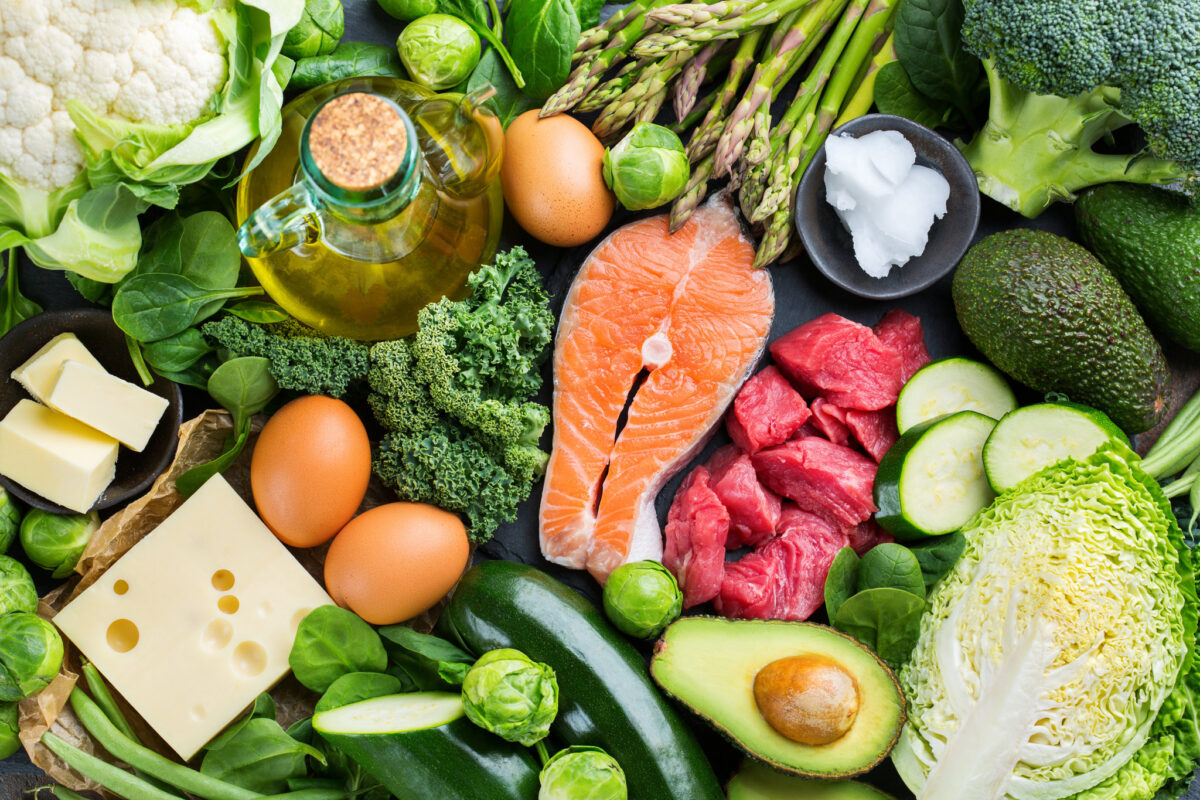Everyone knows that losing weight is not easy to achieve. Countless health books and magazines suggest different tips and tricks on how to lose weight, but sometimes everything is still a matter of trial and error. While people focused on what and what not to eat, when to eat was often overlooked. However, with the popularity of intermittent fasting, losing weight becomes a different ball game.
Intermittent fasting strictly allows you to eat during a particular time. The catch is, some kinds of intermittent fasting allows people to eat normally on some days but extremely cut down on their calories for the next few days. Another one allows people to eat for some hours in a day, but completely fast for the remaining hours.
You may wonder, how does it work or is this diet trend safe? According to neuroscientist Mark Mattson, Ph.D, when the body is not able to absorb food for hours, it uses up sugar stores and burns fats. Intermittent fasting extends the period of time it burns the calories from your last meal, resulting in weight loss. Consequently, it offers other health benefits including lowering risks of type 2 diabetes and reducing inflammation in the body. This is probably because of the fact that when your cells are under mild stress because of fasting, its ability to fight such circumstances is strengthened and becomes ideal in combating diseases.
The two most popular intermittent fasting plans are 16/8 and 5:2. The 16/8 fasting is easier to follow and remember because it is basically eating for eight hours and skipping meals for the next 16 hours. On the other hand, the 5:2 approach gives you the freedom to eat regularly for five days and limits you to a quarter of your normal calories in a day for two days. That means you need to watch your calories up until 500-600 only. The best way to identify which schedule would work for you is by consulting with an expert in IF.
Intermittent fasting might be strict on when you should eat, but it is still necessary to pick the right kinds of food on the days or hours you can eat regularly. Everyone is still encouraged to choose healthy foods, and avoid desserts and processed foods.
It is also important to drink plenty of water during intermittent fasting to avoid dehydration. On days intermittent fasting can be really difficult to follow, water, tea, or coffee can help ease your feeling of hunger. With discipline and determination, intermittent fasting can guarantee you the result you want to achieve.
As a health & wellness expert I believe knowledge gives you options. The more you know about diet & nutrition the more you can experiment with your food. I’m not a huge fan of diets like this as they are not sustainable. I believe in becoming educated about nutrition & applying that knowledge to your life. I believe in balance, & stick with the 90/10 rule. I eat healthy 90% of the time.


